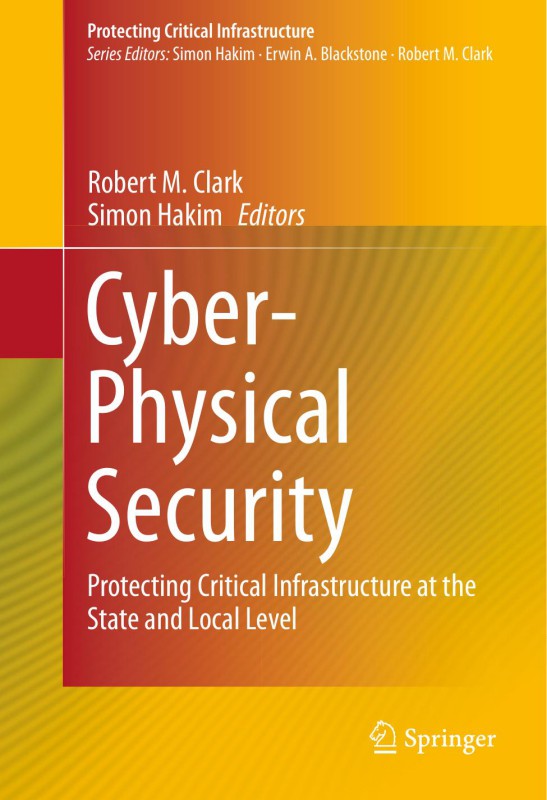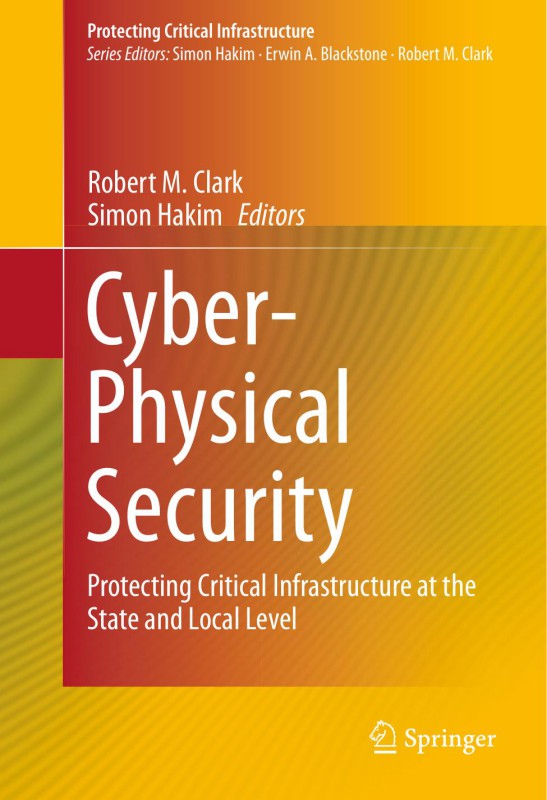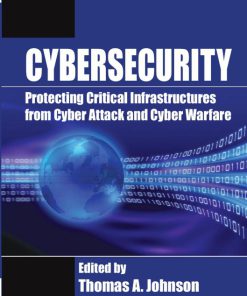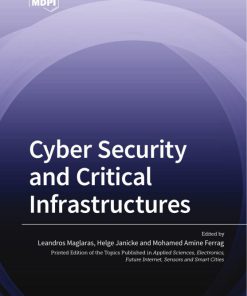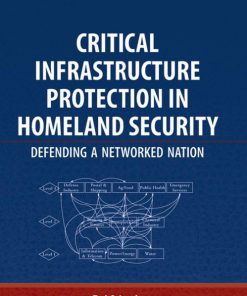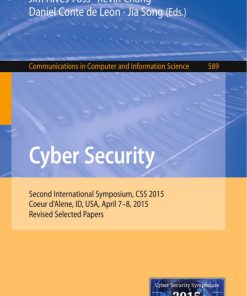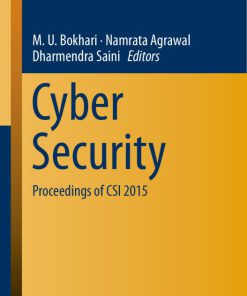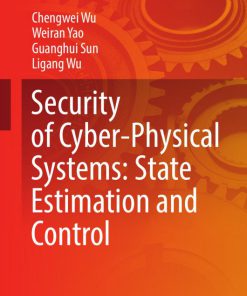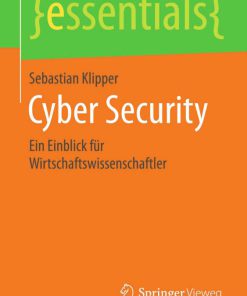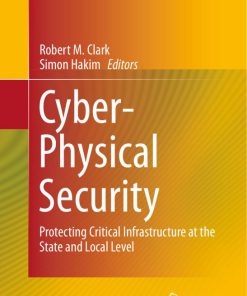Cyber Physical Security Protecting Critical Infrastructure at the State and Local Level 1st edition by Robert Clark, Simon Hakim ISBN 3319328247 9783319328249
Original price was: $50.00.$25.00Current price is: $25.00.
Authors:Robert M. Clark; Simon Hakim , Series:Cyber Security [150] , Tags:Political Science; General; Technology & Engineering; Environmental; Power Resources; History & Theory; Water Supply , Author sort:Clark, Robert M. & Hakim, Simon , Ids:Google; 9783319328249 , Languages:Languages:eng , Published:Published:Aug 2016 , Publisher:Springer , Comments:Comments:This book focuses on the vulnerabilities of state and local services to cyber-threats and suggests possible protective action that might be taken against such threats. Cyber-threats to U.S. critical infrastructure are of growing concern to policymakers, managers and consumers. Information and communications technology (ICT) is ubiquitous and many ICT devices and other components are interdependent; therefore, disruption of one component may have a negative, cascading effect on others. Cyber-attacks might include denial of service, theft or manipulation of data. Damage to critical infrastructure through a cyber-based attack could have a significant impact on the national security, the economy, and the livelihood and safety of many individual citizens. Traditionally cyber security has generally been viewed as being focused on higher level threats such as those against the internet or the Federal government. Little attention has been paid to cyber-security at the state and local level. However, these governmental units play a critical role in providing services to local residents and consequently are highly vulnerable to cyber-threats. The failure of these services, such as waste water collection and water supply, transportation, public safety, utility services, and communication services, would pose a great threat to the public. Featuring contributions from leading experts in the field, this volume is intended for state and local government officials and managers, state and Federal officials, academics, and public policy specialists.

